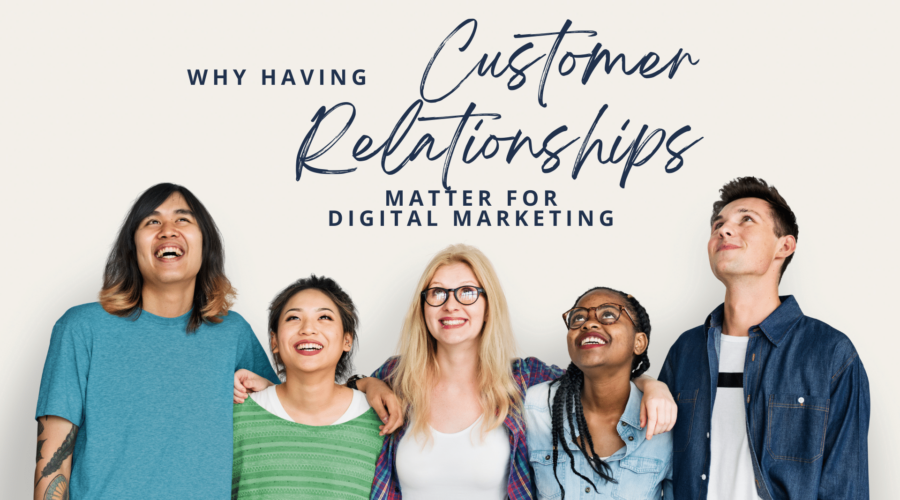It is said that an image is worth a thousand words. That means using images in your blog is not only suitable for the content but also saves a lot of time for the readers. We are living in a visualizing world where images get more exposure then text. Even people do not have time to read such long paragraphs; instead, they give more value to images. Apart from that, images are very useful when it comes to SEO for the website. It is considered a good practice to use high-quality images to get high rankings. Still not convinced? Ask any digital marketing agency in Los Angeles, and it will explain how important an image is.
Search engines, especially Google, love images that can offer value to the blog visitors. So how to use images to get more rankings? The digital marketing agency in Los Angeles has already defined a particular set of rules and regulations about using images on the website. Today, I will uncover some secrets about how to use images on your website.
Use high-quality images
Always try to use original and high-quality images. If you do not have images, you can design new images using tools like Canva and Photoshop. Although you can hire a Digital marketing agency in Los Angeles if you have enough budget. Google loves original and high-quality images that give valuable information to visitors. These images can result in a boost of the website in organic search results.
On the other side, using images does not mean you can pick any image from Google and insert it into your content regardless of the quality. It will not only result in bad user experience but also will de-rank the website. It’s not a good SEO practice to use images that are not giving value to the readers.
Have a reason for your image
Although using images on the website is good practice, but your images must be related to what you are talking about your content. They should explain the story or the idea you want to convey to the visitors. Remember, the reason for using an image in the content is to give a better concept of the idea discussed. This practice will allow the user to spend more time on your website, which is a positive sign from SEO purposes.
If you are using the images out of context, they will result in frustration for the visitors and, eventually, a bad user experience. Do not use images if there is no need.
Avoid copyright images
On Google, most of the high-quality images are the property of someone else. Avoid using images that have not a legal license to reuse. There are dozens of websites out there that offer high-quality images for free. You can pick any website and download a bunch of free images. If you do not find the required image, you can create yourself or hire a designer.
Using copyright images will not only de-rank your website, but there is a chance to ban your site by Google.
Compress the size
It is obvious that when you consider high-quality images, the size will increase. Does that mean you can use an image with several MBs? Definitely not! It will increase the overall website size increase in loading time. Compress the images to KBs so that they can help the website to load quickly. You can use the online tools, which can help you to minimize the size without affecting the quality.
Websites that take more time to load are harmful to user experience as well as for the Google search rankings. Google never encourages site, which makes the user experience bad by taking several minutes to load.
Name the image
When you pick images from other platforms, the default name of the image is placed. It’s usually a file name like img_11. File names are complicated to understand for Google since they contain numbers and other characters. When using on your website, try to change the name into a readable one. You can insert any keyword as an image name, or you can change it to the topic of the article.
Add a caption to the image
Writing a detailed caption of the image will help readers to understand the idea you want to convey. In addition to that, it allows Google to recognize the keyword to show it in organic results. So a description of the image is considered as good SEO for both purposes.
Use the SEO friendly alt text
Alt tags are the most important when it comes to image SEO. They are the text alternate for your image when your browser failed to load the image. They are used to describe the content of the image. In such cases, when the image is invisible, alt tags can help users to understand the idea.
Google gives value to the alt tags. It is a matter of subject to rank the image for a specific keyword. A better alternative text to the image will help your browser to get the idea, which can result in more organic search rankings.




